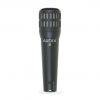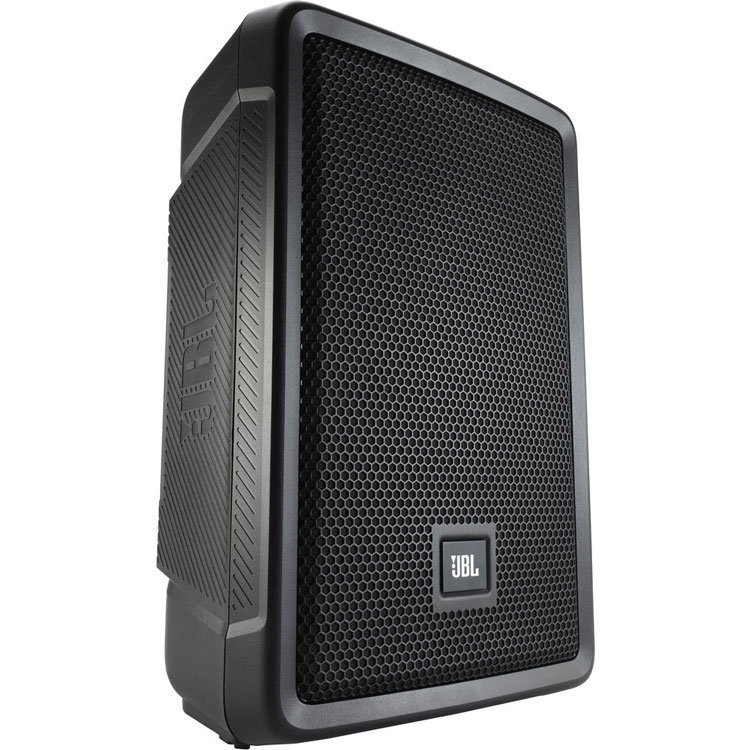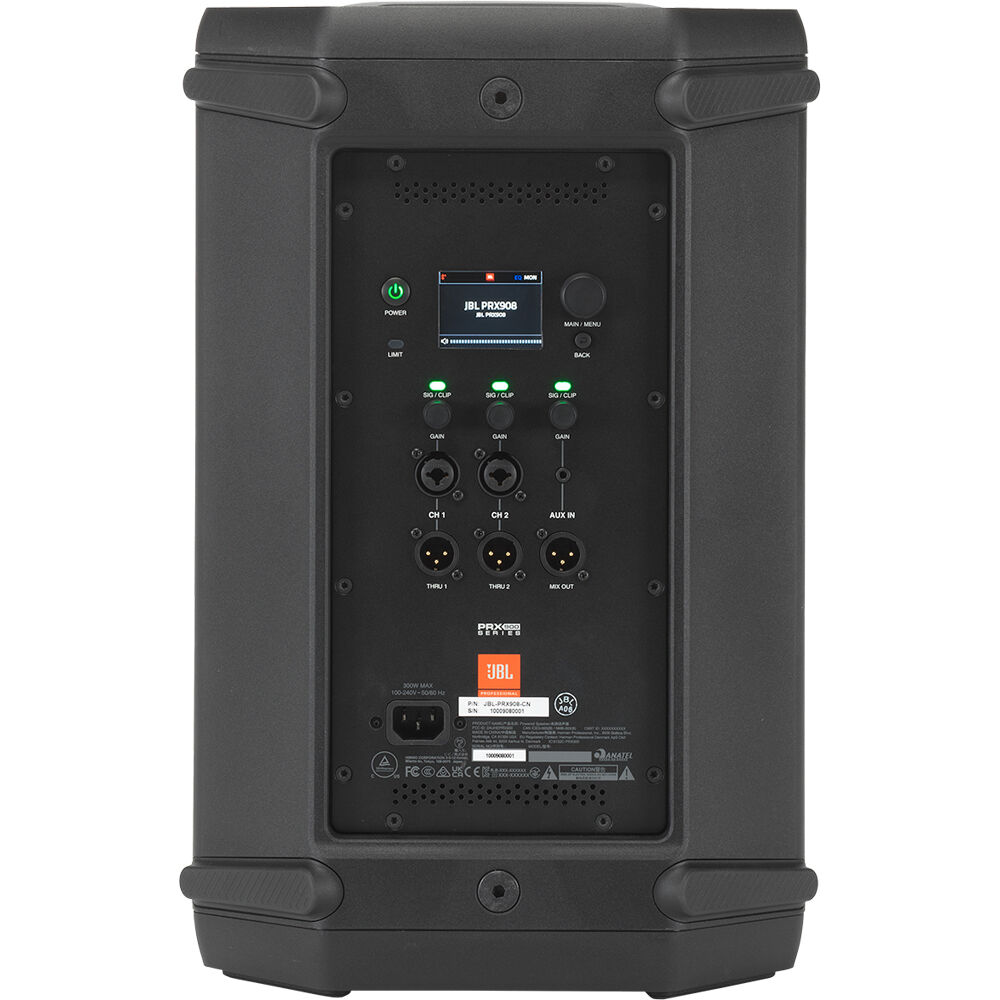Audix I5 instrument microphone is an ideal solution for sound reinforcement and recording applications. The dynamic capsule features a cardioid polar pattern with a linear frequency response, capable of accurately reproducing signals at high sound pressure levels (SPL). The cardioid pattern effectively minimizes noise and ambiance at the off-axis sections of the capsule, reducing feed-back and audio leakage caused by adjacent instruments. The I5 is ideal for capturing snare drum, percussion, guitar and bass cabinets, horns and vocals.
| Features |
Operation and Maintenance:
Although the I5 is designed and built to handle the rigors of live performances and touring, it should still be handled with care. Avoid extreme moisture and extreme temperatures whenever possible and store the microphone in the provided carrying pouch whenever it is not in use.
Phantom power: The I5 is a dynamic microphone and does not require phantom power; be assured that phantom power will not adversely affect the performance of the I5 in any way.
Recording: The I5, which has a very sophisticated, high quality transducer element, is an excellent utility microphone for any recording studio. The tight cardioid pick-up pattern of the I5, along with the its ability to handle very high sound pressure levels, allows the microphone to be used in almost any “close miking” application. In this respect, studio miking techniques for the I5 will be similar to that of live sound miking.
Live Sound:
Snare: Getting a great snare sound is not a problem with the I5. Single-mic snare technique: The I5 should be about 2 inches above the head and aimed towards the center of the drum. For more “rim” effect the mic can be aimed less towards the center and more towards the rim. It is not uncommon for engineers to place the mic practically right on the drum head to achieve a very tight, cracking sensation.
Two-mic snare technique: An additional I5 or a condenser mic, like the SCX1-C or ADX-51, can be placed beneath the drum, aimed at the snares. The two mics can be blended together to present a very full, accurate picture of the snare. The two mics should be switched out-of-phase from one another, or certain frequencies will cancel each other out, and the sound will appear too thin.
Toms, congas: Similar to the snare, start by placing the mic 2″ above the head and pointing towards the center of the drum.
Guitar cabs: The I5 can be placed on axis directly in front of the cabinet, practically touching the grill cloth. Do not aim the mic directly at the center of the cone. For best results, place the mic between the center of the cone and the edge of the speaker.
Saxophone, trumpet , and brass instruments: Typically, the mic should be aimed right into the bell of the instrument. The mic can be anywhere from zero to 6 inches away depending on how many other instruments are on stage, and how loud the music is.
Vocals: The I5 will also provide great sounding, powerful vocals. Working range is anywhere from 2-6 inches, depending on the instruments on stage, the volume of the music, and the type of stage monitors. Sing directly on axis into the microphone.
Mic placement: In general, allow a minimum distance of 2-3 feet between microphones to avoid phase problems.
| Specifications |
Transducer: Dynamic
Polar Pattern: Cardioid
Frequency Response: 50 Hz – 16 kHz
Maximum Input Sound Level: 140dB
Power Requirements: None Dynamic, Requires No Phantom or Battery Power
Output Impedance: 250 Ohms
Output Connectors: XLR-3M Type
Dimensions: not specified by manufaturer
Weight: 10.8 oz. (307 g)











